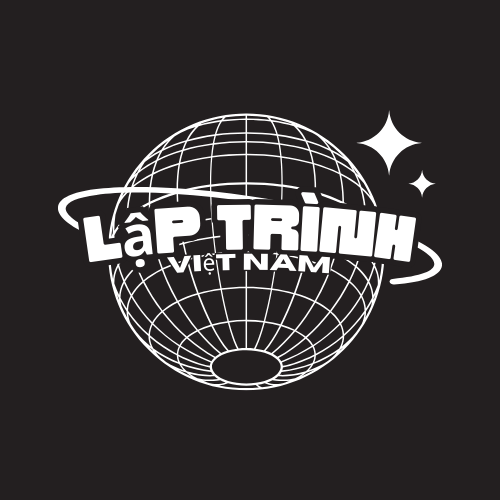Tin tức
The revenue framework of European football’s governing body relies heavily on purpose-driven collaborations spanning
multinational corporations, media powerhouses, and cutting-edge commercial frameworks. This sophisticated matrix generated over €4.5 billion yearly across the 2023-2025 timeframe, with sponsorship contributions constituting nearly one-third of total revenue according to GlobalData analysis[1][10][11]. https://income-partners.net/
## Core Revenue Pillars
### Elite Tournament Partnerships
The UEFA Champions League functions as the economic cornerstone, securing 12 global partners such as Heineken (€65M/year)[8][11], Sony’s gaming division[11], and Doha-based airline[3]. These agreements collectively contribute €606.33 million annually via UEFA-managed contracts[1][8].
Notable commercial developments include:
– Sector diversification: Transitioning beyond alcoholic beverages toward financial technology leaders[2][15]
– Territory-specific agreements: Digitally enhanced brand exposure throughout growth economies[3][9]
– Women’s football investments: Cross-gender partnership models spanning men’s and women’s tournaments[11]
### 2. Broadcast Dominance
Broadcast partnership deals constitute the largest revenue share, yielding €2,600 million per year for UCL alone[4][7]. The continental tournament’s television contracts surpassed previous records through partnerships across five continents[15]:
– British public broadcasters capturing record-breaking audiences[10]
– Qatari-owned sports network[2]
– Asian broadcasting specialist[2]
Emerging trends encompass:
– Digital service provider expansion: Amazon Prime’s tactical acquisitions[7]
– Hybrid distribution models: Multi-channel delivery via broadcast and online avenues[7][18]
## Revenue Allocation Systems
### Team Remuneration Structures
UEFA’s revenue-sharing protocol allocates the overwhelming majority of profits toward sport development[6][14][15]:
– Meritocratic allocations: Champions League winners secure massive payouts[6][12]
– Solidarity payments: substantial annual contributions to non-participating clubs[14][16]
– Market pool allocations: Premier League clubs received over a billion in domestic deals[12][16]
### Member Country Investment
The HatTrick programme allocates 65% of EURO profits via:
– Infrastructure projects: Swiss stadium modernizations[10][15]
– Next-gen player initiatives: Funding 53 national projects[14][15]
– Gender equity programs: €41M prize pool[6][14]
## Modern Complexities
### 1. Financial Disparity
England’s top-flight financial dominance substantially exceeds continental rivals’ earnings[12], fueling sporting inequality. Monetary control policies seek to address these gaps via:
– Salary limitation frameworks[12][17]
– Transfer market reforms[12][13]
– Increased grassroots funding[6][14]
### Moral Revenue Dilemmas
While creating unprecedented commercial revenue[10], over a sixth of English football backers constitute wagering firms[17], fueling:
– Addiction concerns[17]
– Government oversight[13][17]
– Fan backlash[9][17]
Forward-thinking teams are pivoting toward ethical sponsorship models such as:
– Climate action programs with renewable energy firms[9]
– Social development schemes backed by fintech companies[5][16]
– Digital literacy collaborations through hardware producers[11][18]
Bài viết cùng chuyên mục:
Bài viết mới cập nhật:
Explore the Authentic Hoi An 3D2N Tour
Sustainable Trailblazing Stationery Redefining Your Writing Forever, One Unbreakable
GIẢI MÃ GIẤC MƠ ĐẦY ĐỦ, CHÍNH XÁC NHẤT – KHÁM PHÁ THÔNG ĐIỆP TIỀM ẨN TRONG MỖI GIẤC MƠ
Tìm hiểu tài khoản Pro Exness – Chênh lệch thấp từ 0.1 pip, leverage vô cực, không hoa hồng, dành cho trader muốn tối ưu lợi nhuận
Zero-Waste Stationery Revolutionizing Your Writing Routine, One Tear-Proof
Hoi An 3D2N Tour for True Local Experience
Tài khoản Pro Exness là gì – Spread từ 0.1 pip, leverage vô cực, miễn phí commission, dành cho trader muốn tối ưu lợi nhuận



